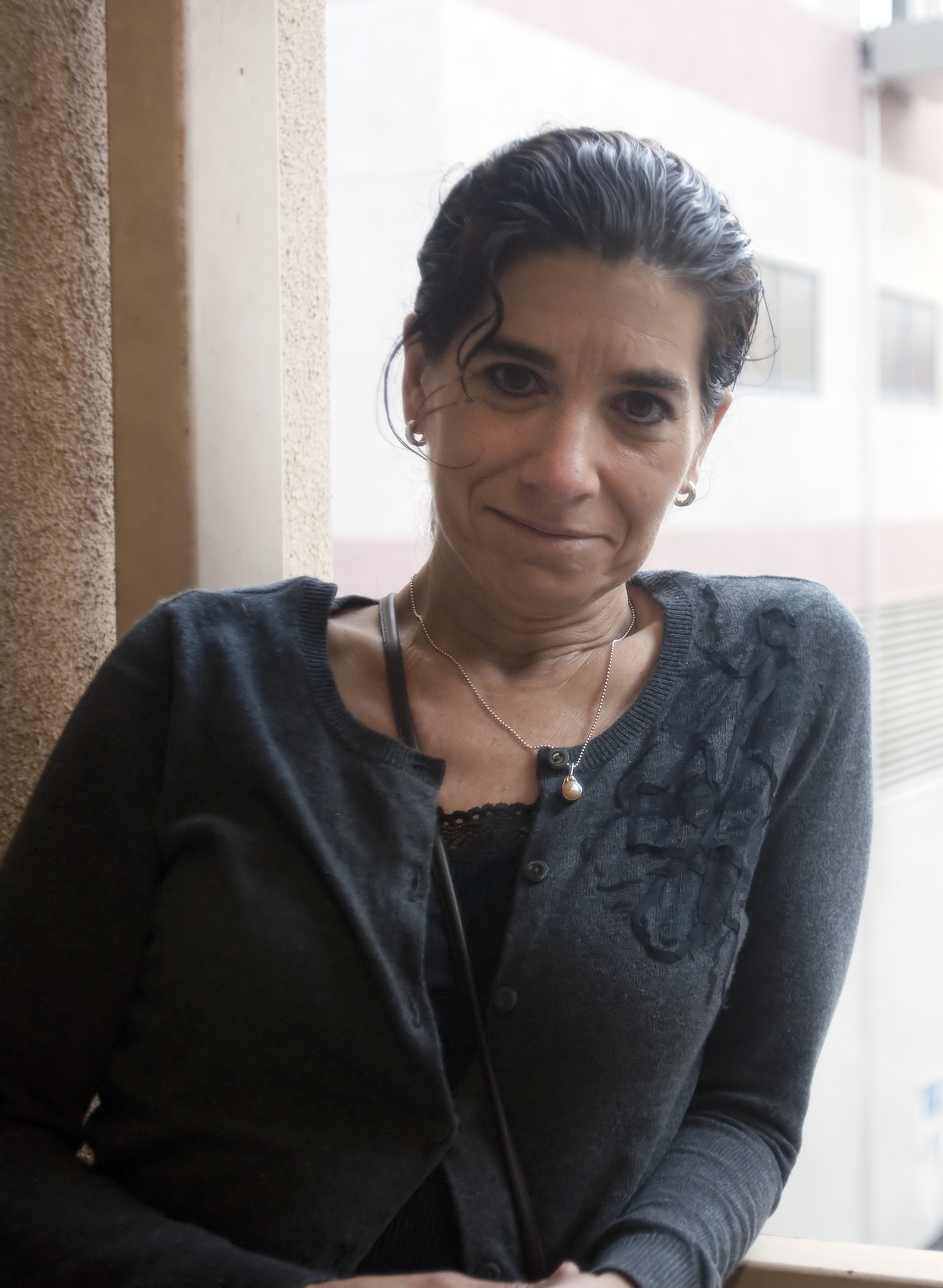People carry powerful sensors every day, right in their pockets.
These sensors are smart phones like the Verizon Droid and the iPhone.
Deborah Estrin and her fellow researchers at the Center for Embedded Networked Sensing are working to harness the power of smart phone technology so everyday users can capture and analyze data about their own health.
This technology is a type of participatory sensing called mHealth, or mobile health for short.
One area in which the data can be used is for chronic disease management.
Many people deal with chronic diseases like diabetes and heart disease, and management requires both the correct dosage of medication and observation of good health-related behaviors, said Estrin, a professor of computer science.
In mobile health, smart phones ensure that patients stick to their proper regimen by requiring them to keep careful logs of their activity, Estrin said. If needed, phones remind patients about what they need to do during their treatment, she added.
Smart phones can also improve clinical care and patient-doctor interactions since patients can send medication data or report side effects to their doctors from their phones.
This allows doctors to adjust medication dosages.
Answering questions on a moment-to-moment basis provides a better picture of a patient’s health, said Nithya Ramanathan, an assistant research professor of computer science.
For example, patients using drugs to lower high blood pressure often suffer from side effects such as dizziness.
When these patients record their response to the medication, doctors devise the best dosage to limit any adverse reactions, Estrin said.
The collection of data from patients is a key part of AndWellness, an application currently in development for the Android Market.
AndWellness is an application designed to help patients monitor their behavior, said Dr. Dallas Swendeman, assistant professor-in-residence in psychiatry and biobehavioral sciences.
Users with the AndWellness application are asked random or scheduled questions about mood, stress levels and foods eaten, Swendeman said. These questions are either multiple choice or require a simple text response.
The answers to these questions are then added to a graphical web interface, allowing users and their clinicians to see trends over a period of time, such as depression or increased junk food consumption, Swendeman said.
AndWellness is currently in the pilot phase, which will end in September 2011, Swendeman said.
One of the advantages of using mobile phones to collect data is the capability to reach a broad spectrum of people, based on the ubiquity of smart phones.
In addition, smart phones are used by a wide spectrum of races and socioeconomic brackets, unlike computers, Estrin said.
However, privacy invasion is one of the problems that could arise from mobile health.
As a result, Estrin and her colleagues are currently working on a “data vault” that would allow users to selectively choose the data they would like to share.
Studies are currently in progress to find the best way to design smart phone programs to reach the general public, Estrin said.
“I expect in two to three years we will see this technology emerging,” she said.
